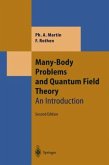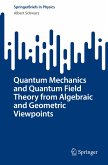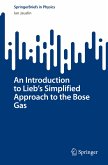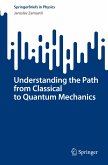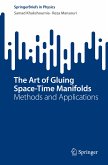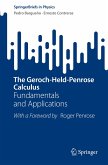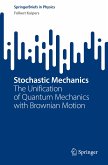This book presents an algebraic approach to the coupled cluster method for many-electron systems, pioneered by Josef Paldus. Using field methods along with an algebraic, rather than diagrammatic, approach facilitates a way of deriving the coupled cluster method which is readily understandable at the graduate level. The book begins with the notion of the quantized electron field and shows how the N-electron Hamiltonian can be expressed in its language. This is followed by introduction of the Fermi vacuum and derivation of the Hartree-Fock equations along with conditions for stability of their solutions. Following this groundwork, the book discusses a method of configuration interaction to account for dynamical correlations between electrons, pointing out the size-extensivity problem, and showing how this problem is solved with the coupled cluster approach. This is followed by derivation of the coupled cluster equations in spin-orbital form. Finally, the book explores practicalaspects, showing how one may take advantage of permutational and spin symmetries, and how to solve coupled-cluster equations, illustrated by the Hubbard model of benzene, the simplest quasi-realistic model of electron correlation.
Bitte wählen Sie Ihr Anliegen aus.
Rechnungen
Retourenschein anfordern
Bestellstatus
Storno


